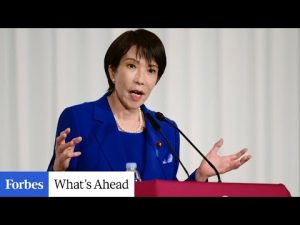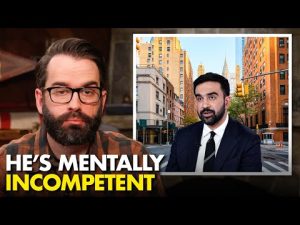In recent days, a discussion has ignited around the sensitive topic of Islamophobia and its perceived exploitation by some public figures. It all started on a Friday, with certain politicians attempting to gain traction by highlighting alleged incidents of Islamophobia. This tactic, many argue, exemplifies how the far-left often positions itself as the victim. The notion of victimhood, they say, is not just a strategy; it’s a way to accumulate power and influence, with many of these leaders seemingly feasting on the issue to further their ambitions.
The political climate took an interesting turn when Andrew Cuomo found himself in the spotlight. On a radio show, he chuckled and expressed agreement with a host’s offhand comment about wishing for another September 11. Such remarks stir up a massive response and raise eyebrows about the line some are willing to walk for political gain. Meanwhile, New York City Mayor Eric Adams chimed in with a stark warning, making it clear that he has no intentions of letting the Big Apple transform into what he perceives as a chaotic Europe. His concerns echo a reality many have observed: unchecked immigration can lead to serious societal challenges.
One must consider Europe, which has struggled with the ramifications of allowing immigration policies to spiral out of control. It appears many leaders fear being labeled as racist, leading them to favor open borders even in the face of potential risks. This policy approach seems to backfire, as the cries of racism lose their impact when applied too broadly. Accusations that were once powerful tools seem to have lost their sting; after all, if everything is racist, then nothing is, and that could leave genuine issues overshadowed and ignored.
In the thick of this debate sits the figure of Tom Homan, previously recognized as the immigration czar. In the public eye, he often faced irrational outbursts from protesters who berated him for enforcing laws. They directed their anger not only towards Homan but also towards law enforcement officers who stood by him, showcasing a disconcerting trend where dissent devolves into chaos. Despite the noise surrounding him, Homan reportedly claims he lives in the shadows, feeling marginalized in a land of supposed liberty.
These ongoing discussions serve as a stark reminder of the complexities surrounding immigration and national identity. The battle lines appear drawn, with one side advocating for strong, secure borders, while the other persists in advocating for a more lenient approach. As the debate continues, one thing is certain: the ramifications of these policies will echo in the lives of countless citizens, all while the political show goes on, complete with its share of drama and spectacle. In the circus of politics, the stakes have never been higher, and the audience is left wondering just what kind of future lies ahead.







